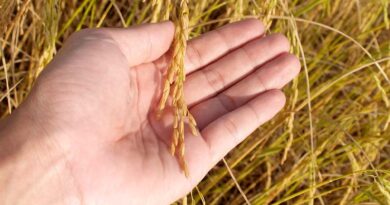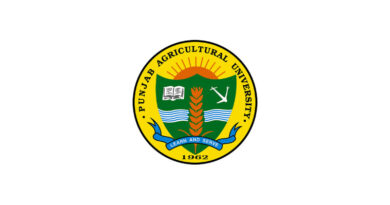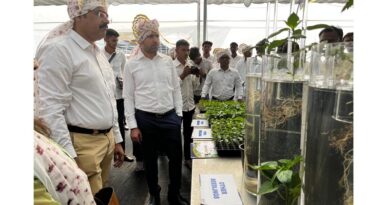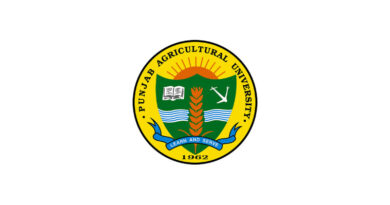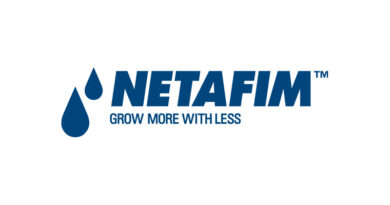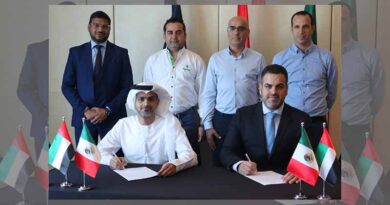Waiata helping native seedlings to thrive
04 August 2022, NZ: A Northland marae, which has recently expanded its business, is showing that a little TLC (tender loving care) in its nursery operation can go a long way to giving seedlings a head start.
Akerama Marae nursery support manager Thelma Horne says, her team regularly korero and waiata to the fledgling native tree seedlings in their nursery.
“Some people think we are a little crazy, but it is how we do things around here,” Thelma Horne says.
Proof it works is on full display in their nursery where prized Kauri and Totara, grown from eco-sourced forests nearby, are shooting up much faster than what is normally expected, says Thelma Horne.
“Scientists want to know why our trees are growing so successfully. Instead of taking months, we are cropping Totara seedlings out in weeks.”
Akerama Marae is situated in the most north-eastern part of the Kaipara catchment and has self-funded and operated a nursery for 13 years.
Te Uru Rākau – New Zealand Forest Services partnered with the marae-based project last year, with a grant of nearly $500,000 over 2 years through the One Billion Trees (1BT) programme.
The nursery will produce an additional 80,000 native seedlings over 2 years to assist with local hapu planting projects. The 1BT grant has also enabled the expansion of existing nurseries facilities, additional water tanks to ensure short-term water supply, upgrade their nursery equipment, and budget for paid nursery staff.
A local planting project of 100ha on Huruiki Station has been identified which includes the planting and restoration of Huruiki Maunga (Mount Huruiki), one of many ancestral mountains of Ngati Hau.
“Te Uru Rākau – New Zealand Forest Service is proud to be associated with the Akerama Marae Nursery,” says Alex Wilson, director forest development, grants and partnerships.
“The nursery project has sound foundations in mātauranga Māori and restorative planting principles.”
Thelma Horne says there aren’t any trade secrets to what is driving their success in the nursery.
“We have a different language to scientists. We can whakapapa direct to the rakau, and that’s what we’ve been doing. We grow our plants, like we manaaki (help) our tamariki (children) so they can grow strong. A whanau is resilient when they are with their family, and we have maintained that analogy when they are growing in the nursery.
Akerama Marae Nursery owes its beginnings to the late Allan Halliday.
“He worked for many years to get the nursery up and running. For him, and many of us, the nursery was built on a labour of love.”
When we received confirmation of the One Billion Trees contract, not long after sadly Allan passed, he was unable to see the “fruits of his mahi today”.
“He has given us the best inspiration possible, to uphold his legacy, and to maintain the rakau mauri inside our rohe.”
The nursery eco-source seed only from surrounding tupuna land and nearby ngahere (forest). Where forest is on private farmland, landowners have given their consent for access.
“We eco-source only what the ngahere gives us.”
Arapeta Barber, contracted by Ministry for Primary Industries (MPI) to provide additional support and oversee the project, says the nursery has quickly become a source of huge pride in the community.
“Yes, they are naturally gifted at growing taonga tuku iho (ancient trees) but their impact is far greater,” Arapeta Barber says.
“If the ultimate goal is to support the plant out of Aotearoa back into natives as much as we can, this is how it starts.
“In the future, the call will go out to extended whanau to return home for a period, and to go eco-source inside this rohe. They will come because they believe in the Kaupapa.”
“I believe, it is a start to many generations to return and to be able to rediscover their connection to the whenua and to the rakau, and to learn more about their own whakapapa . . . that is a wonderful thing, and it all starts with learning our own waiata oriori (lullaby to regenerative seed and whanau) about planting seeds,” Arapeta Barber says.
Also Read: Top 7 Tractors in India from 20 HP to 60+ HP




